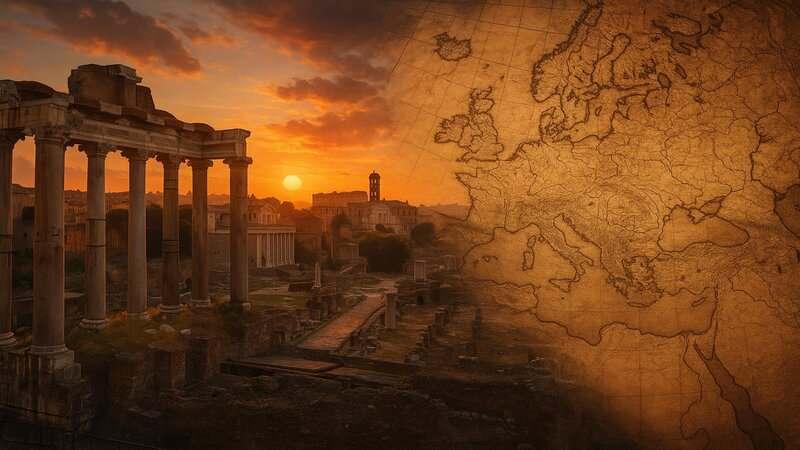2. Odoacer’s Rise to Power

With the Western Empire’s collapse, Odoacer swiftly filled the power vacuum. As a formidable Germanic chieftain, he declared himself King of Italy, a title never before held by a non-Roman. This bold move marked the beginning of barbarian rule in former Roman territories, forever altering the political landscape. Odoacer ruled with pragmatic authority, bridging the old Roman systems with the new realities of the era, as detailed by History.com.































